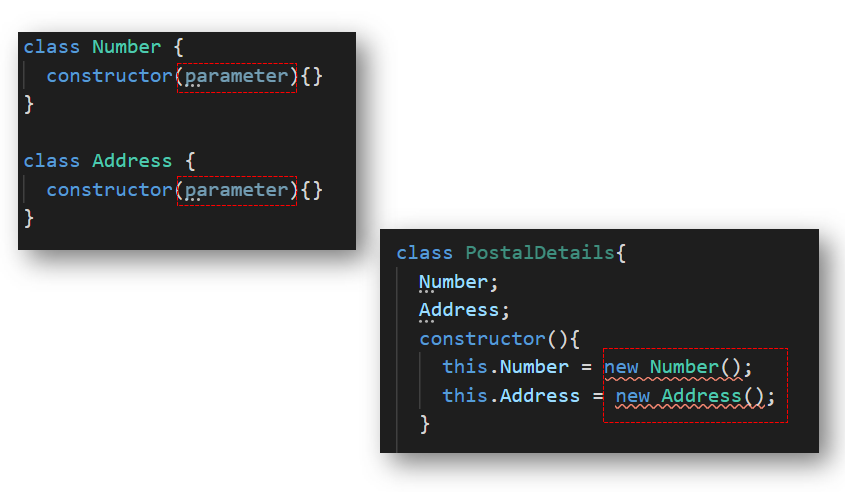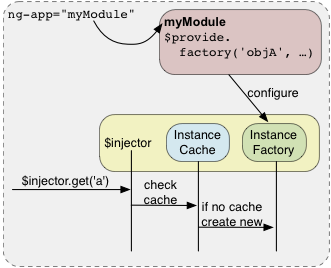Exploring The Limitations Of Dependency Injection In Angular
Dependency Injection In Angular | Services \U0026 Dependency Injection
Keywords searched by users: What is not benefit of dependency injection in angular what is dependency injection in angular, Dependency injection Angular, setter injection in angular, angular injector, Injectable trong Angular, angular inject vs constructor, how to use injector in angular, injectable decorator in angular
What Are The Benefits Of Dependency Injection In Angular?
Why is Dependency Injection Important in Angular?
Dependency injection in Angular offers several key advantages that streamline the development process and enhance the overall architecture of applications. One significant benefit is the ability to implement a hierarchical structure for dependency injection. This means that components within an Angular application can share dependencies effectively. This is achieved by including the dependency provider at the parent level, making these dependencies accessible to all child components as needed.
One noteworthy outcome of this hierarchical dependency injection is the ability to adhere to a modular architecture for your applications. This modular approach promotes code reusability, maintainability, and scalability. When developers leverage dependency injection in Angular, they can create more manageable and efficient codebases, reducing the complexity of their applications and making them easier to understand and maintain.
In summary, dependency injection in Angular simplifies component management by allowing for the hierarchical sharing of dependencies and encourages the adoption of a modular architecture, resulting in more organized and maintainable applications. These benefits contribute to a smoother and more efficient development process, ultimately improving the quality of Angular-based projects.
Why Should I Not Use Dependency Injection?
There are situations where it may not be advisable to employ dependency injection. One such scenario is when your code remains relatively straightforward and lacks the necessity for extensive flexibility or comprehensive testing. In these cases, introducing dependency injection might introduce an unwarranted layer of complexity. Another instance where caution is warranted is when refactoring legacy code. When dealing with legacy codebases, the integration of dependency injection can pose challenges and potentially disrupt existing functionality. Therefore, it’s essential to carefully assess whether these circumstances apply before deciding whether or not to utilize dependency injection in your software development efforts. [Updated as of September 16, 2023]
What Are The Benefits Of Dependency Injection?
Dependency injection offers several valuable advantages that enhance the structure and maintainability of software systems. One fundamental benefit of dependency injection is the significant reduction in coupling between classes and their associated dependencies. This reduction is achieved by eliminating the need for a client class to have knowledge of the implementation details of its dependencies. Instead, dependencies are provided externally, typically through constructor injection or method injection. This decoupling brings about a host of benefits for software development.
Firstly, it greatly enhances reusability, as components or classes can be easily swapped or reused in different parts of the application without affecting the client code. This modularity facilitates code sharing and simplifies the process of extending or modifying the software.
Secondly, dependency injection makes testing more straightforward and effective. By injecting mock or test-specific implementations of dependencies during testing, developers can isolate and control the behavior of individual components, leading to more reliable and focused tests. This helps in identifying and fixing issues early in the development process, resulting in higher software quality.
Lastly, the maintainability of the codebase is significantly improved. With reduced coupling and well-defined interfaces between components, it becomes easier to make changes or enhancements to the system without causing a cascade of modifications throughout the codebase. This reduces the risk of introducing bugs when implementing updates, ultimately saving time and effort in the long run.
In summary, dependency injection not only minimizes coupling between classes and dependencies but also fosters reusability, simplifies testing, and enhances codebase maintainability, making it an essential technique for building robust and adaptable software systems.
Found 41 What is not benefit of dependency injection in angular





Categories: Update 31 What Is Not Benefit Of Dependency Injection In Angular
See more here: tfvp.org

Learn more about the topic What is not benefit of dependency injection in angular.
- How dependency injection in Angular is useful since it …
- Angular Dependency Injection: A Complete Guide – Syncfusion
- Dependency Injection and Inversion of Control for Security – LinkedIn
- Dependency injection – Wikipedia
- Dependency Injection – Professionalqa.com
- Dependency Injection: Benefits, Challenges, and Tips – LinkedIn
See more: blog https://tfvp.org/category/science